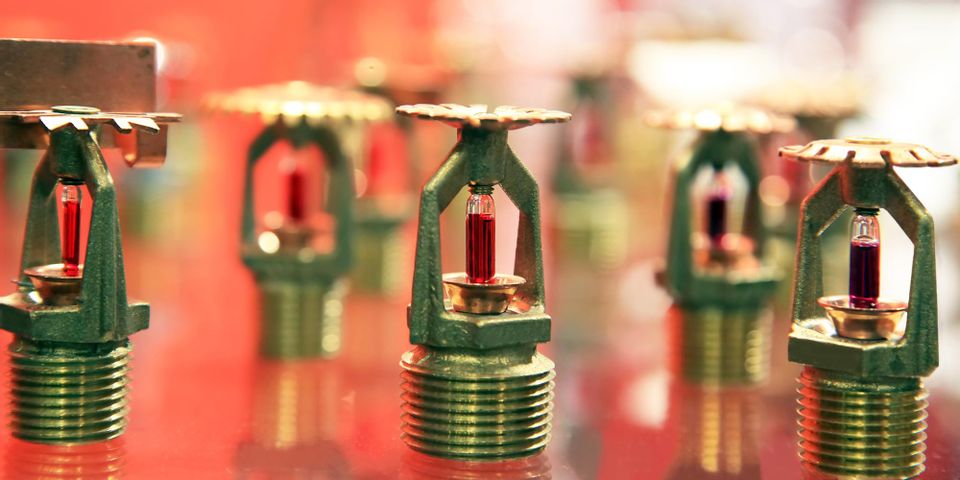
A tiny fire can quickly get out of control if left unnoticed or unstopped, which is why a fire sprinkler system is your home or building’s best defense. Quick to notice the change in heat, these systems will douse the fire with water, preventing it from growing larger or spreading to other parts of the building. Here is more information about how fire sprinkler systems work and why they should be more prevalent.
What to Know About Fire Sprinkler Systems
How They Detect a Fire
Each sprinkler head has a built-in heat sensor. When temperatures reach 155 degrees Fahrenheit or higher, the plug shatters. Water immediately starts to flow. Because the sprinklers monitor heat, and not smoke, like traditional fire alert systems, they respond faster, before the toxic air has had a chance to damage your belongings or pose a serious health hazard. And since each head is self-regulating, one malfunctioning sprinkler will not stop the rest of the system from detecting the fire and reacting.
How They Put Out the Fire
Another benefit of the duplicate heat monitors is that if one sprinkler detects fire nearby, it will respond independently, rather than setting off other sprinklers in different areas or rooms. This type of targeting further helps protect your property from damage. But, as with any multi-faceted system, you need to make sure your sprinklers are regularly maintained and inspected so that they are in their best working condition when you need them.
GMW Fire Protection will help prepare you for fire emergencies, having served Alaska with residential and commercial fire protection for more than 15 years. Whether you need a fire sprinkler system, alarms, extinguishers, or other fire safety devices, their experts can set you up with the appropriate equipment. They will then maintain and inspect it regularly for reliable functionality. Learn more on their website and call (907) 336-5000 to talk with one of their experts.
About the Business
Have a question? Ask the experts!
Send your question

